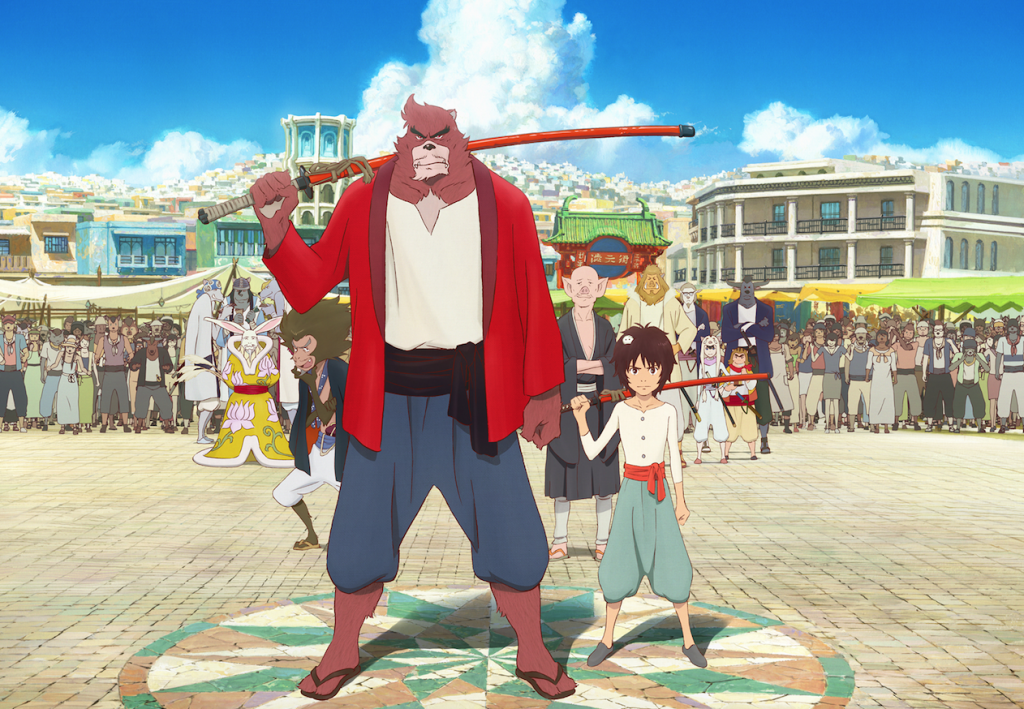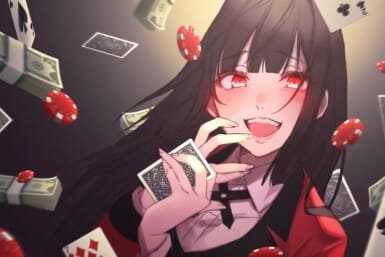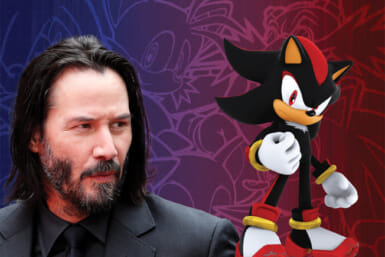In the run up to Tokyo International Film Festival 2016, which kicks off on October 25, we chat with Mamoru Hosoda about how personal his anime is, and how the best way to really go global is by deeply exploring the situations closest to you.
Welcome to an imaginative world where train delays are brought on by the breaching of a gigantic whale in Western Tokyo, where the fate of the digital world is decided by a centuries-old card game, and where a single mother struggles to raise two young children – who also happen to be half wolf. This is the cinematic universe of anime director Mamoru Hosoda. Since the release of “The Girl Who Leapt Through Time” in 2006, his films have achieved both box office success and critical acclaim here and abroad – “The Girl Who Leapt Through Time” won the Japan Academy Award for Animation of the Year in 2007, as did the three films that followed – “SUMMER WARS” in 2010, “Wolf Children” in 2013, and “The Boy and the Beast” in 2016. These last two were the #5 and #2 top grossing films in the years they were released in Japan.
These are just a few of the reasons why the Tokyo International Film Festival will be conducting the first retrospective of Hosoda’s animation work later this month, and also why some film observers are ready to hail the genial director from Toyama Prefecture as the next Hayao Miyazaki.
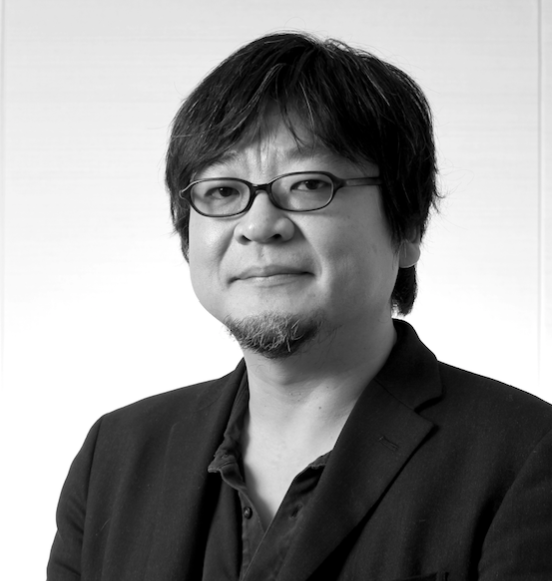
Mamoru Hosoda
But a closer look at his career shows that he’s more interested in following his own muses, and proudly so. Take his ability to artistically stand alongside the celebrated Japanese artist, Takashi Murakami. When we met with Hosoda, he explained that Murakami became interested in collaborating with him after seeing his work on the popular TV series and movie, “DIGIMON ADVENTURE,” and that their partnership developed into a short promotional anime, produced as a collaboration between Louis Vuitton and Takashi Murakami. One of the hallmarks of Hosoda’s visual style in the franchise was an array of colorful characters floating in an otherwise empty space, which also appeared in the long-form ad.
Although many might think that the idea was solely Murakami’s, Hosoda feels that both had equal creative footing. “Of course, Louis Vuitton is more famous than DIGIMON, but I made it first!” Hosoda laughs. A graduate of Kanazawa College of Art with a degree in painting, he also made the ahead-of-his-time choice to use images by the Edo period painter Jakuchu (see page 41) in the intro sequence that he directed for the hit anime series “Samurai Champloo.”
While he takes professional pride in his artistic vision, it’s clear that Hosoda is also willing to dig into common emotions and experience that inform everyone’s lives, even though these stories are presented along with the fantastic trappings that we’ve come to expect of the anime genre.
His 2009 film “SUMMER WARS” tells the story of Kenji, a high school math genius who has been recruited by Natsuki, a female schoolmate, to pass himself off as her boyfriend as she visits her massive extended family at her grandmother’s house in the town of Ueda, in Nagano Prefecture. The Jinnouchi family is dozens strong, and filled with plenty of colorful characters, who are fiercely proud of their history, which includes a victory over the powerful Tokugawa clan. Hosoda explains that his choice to include these characters was, of all things, inspired by envy of his wife’s family, who comes from Ueda: “Of course, my wife’s family wasn’t that large, or as well established. During the Warring States Period, the Ueda clan managed to defeat the Tokugawa shogun clan. Even though they were a small group, they were brave enough to fight the huge clan, and they defeated them a few times. My wife’s family often talks about how they won against the Tokugawa family, and they’re very proud of it. I’m a little bit envious of that, because not all areas of Japan have a history that they can be proud of like that.”
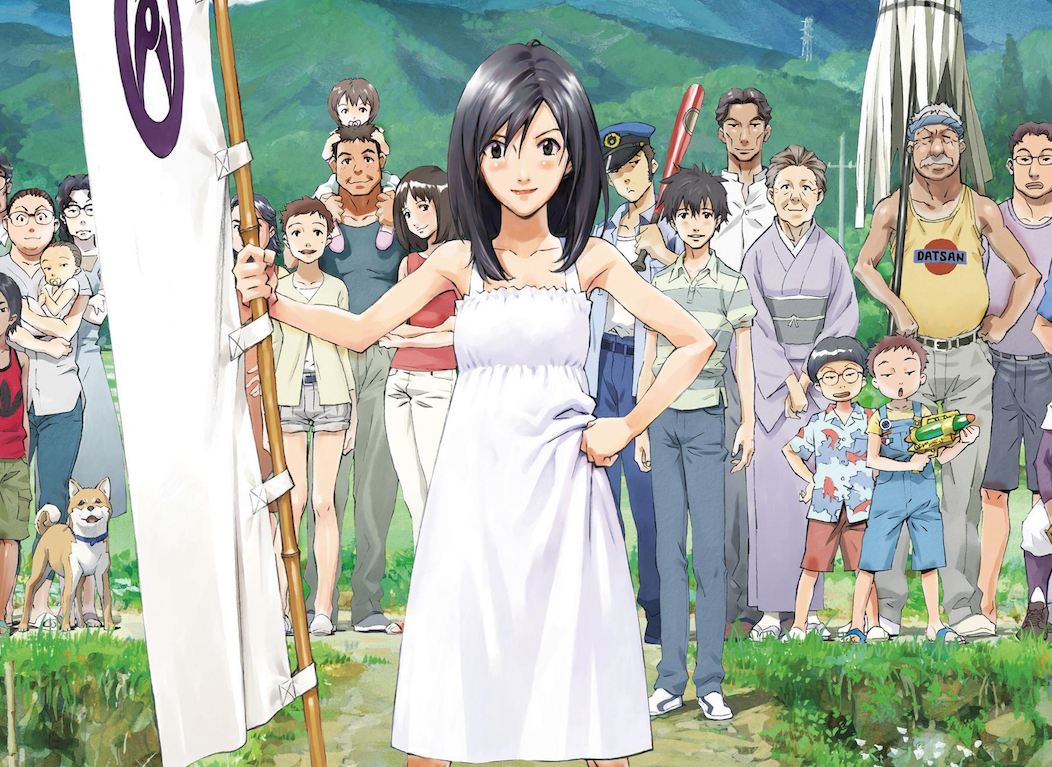
The Jinnouchi family ©2009 SUMMERWARS FILM PARTNERS
Things take a wild turn in the movie as an AI hacking program that one of the family members inadvertently helped to develop threatens computer networks worldwide as well as the ancestral home. In one of the crucial scenes, Natsuki battles the AI, not with a high-tech weapon, but with a deck of cards. Hanafuda is a game that dates back to the Edo period, but Nintendo – yes, that Nintendo – got its start at the end of the 19th century making hanafuda cards. Video game nerds (this writer included) might catch the reference, but as Hosoda points out, it’s not just an Easter egg for the digitally inclined: “It connects back to my personal experience. When I was younger, I would visit my grandmother’s house, and when I was there, I would always play games with my older relatives. But we didn’t play “cards,” we played hanafuda: it was a game that older people knew very well. It’s the sort of thing that unites several generations, and that’s why I wanted to put it into “SUMMER WARS”: it’s about a family uniting, and taking on something much larger than itself.”
In his last two films, the family ties involved are not those of a massive extended family of more than 40; rather, they are the fraught relationships that exist between parents and children. In “Wolf Children,” Hana, a human woman has to raise her two children – a girl named Yuki and a boy named Ame – alone, after the death of her husband, who was a werewolf. They move to the countryside, where Hana has to learn not only how to raise crops and restore an old, rundown house, but also how to raise children who belong both to the world of animals and of humankind. As the children grow up and choose different paths to maturity, Ame changes from a tomboyish child who loves being a wolf to a young girl who chooses to identify more with the human world, while Yuki grows from a weak-willed boy into one of the toughest beasts in the countryside.
Although Hosoda wasn’t raising children yet, he had that growing process in mind, as well as a sympathy for those torn between worlds: “I was very interested in how children grow up, and what kind of choices they make, and how those choices determine what kind of adults they will become. How do they make the right choices, and make the kinds of choices that are truest to themselves? I think this film might be of help to those people who may be trying to make that decision themselves.”
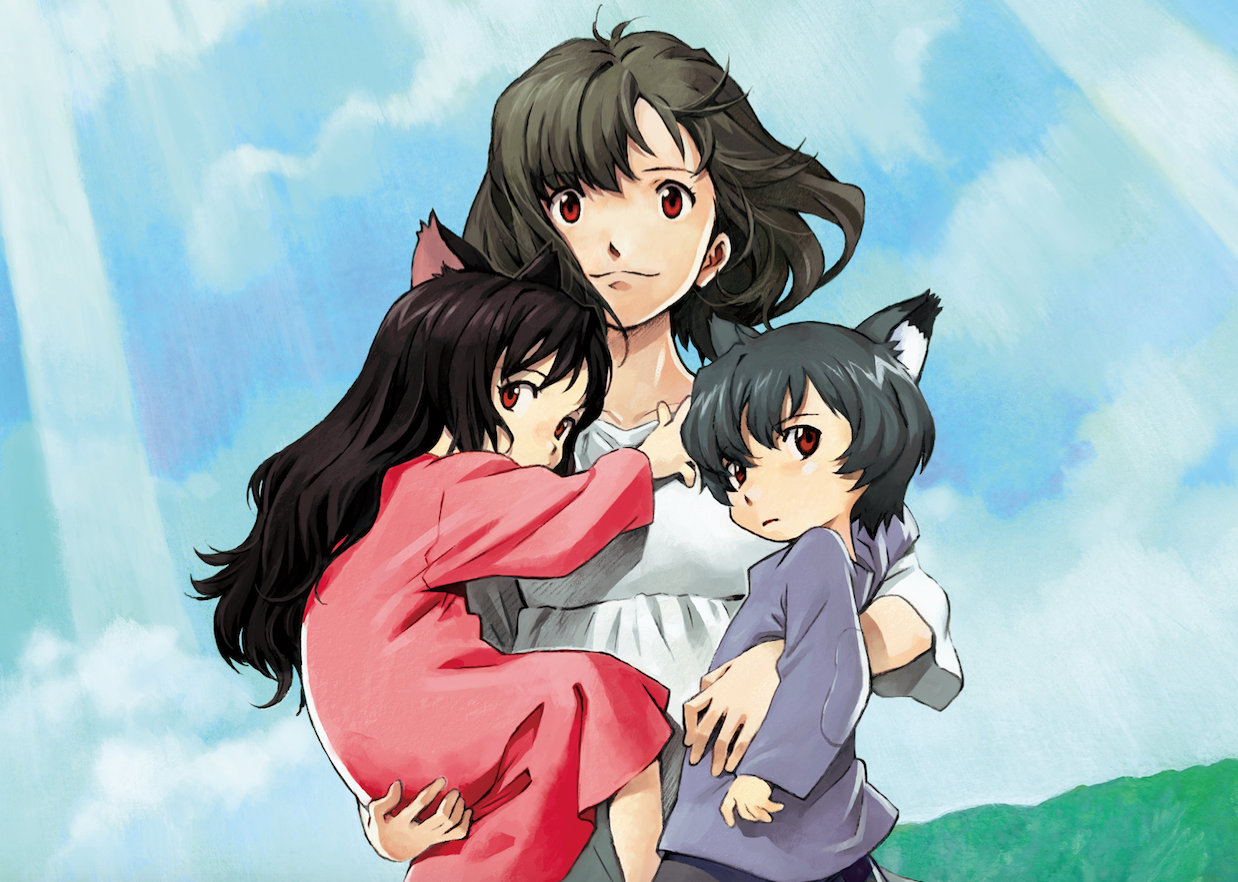
©2012 “WOLF CHILDREN” FILM PARTNERS
In his most recent film, “The Boy and the Beast,” Hosoda did not have to look very far in order to find a model for the gruff character of Kumatetsu, a bear who adopts a human boy and raises him as a warrior apprentice in a realm of beasts. “My father looked like Kumatetsu,” he says, laughing. “He worked on the railway, doing maintenance. He did very hard work, outside, not the kind of desk work that most of us do nowadays. He also wasn’t the kind of dad who played a lot with his kids. He played the role of the old-fashioned, strong father. I wanted to get to know him better, but he died when I was around 30 years old. So it was wanting to know him more that helped me get closer to the character of Kumatetsu. I tried to imagine what it would be like if my own children were to be able to meet him, somewhere in the afterlife.”
Hosoda’s films are now being distributed by various companies but when he looks back to “The Girl Who Leapt Through Time,” his first film to receive considerable international attention, he talks about what he learned on the festival circuit, and it’s a lesson that continues to inform his work.
“At all of these film festivals, I saw how my films are seen in relation to all of these films around the world, and I was able to see how other directors decide to make films for a global audience. When I was observing that, I felt that different countries have different environments and economic and political situations, but they don’t have to try to globalize what they have in their own country. I realized that I don’t have to try to pick up things from overseas or set the story in an overseas location. Rather, I can just show honestly what I feel by living in Japan and what I see here, and just throw it into my work. If you dig deep enough, then everyone can understand.”
The Tokyo International Film Festival 2016 will be showing a retrospective of Mamoru Hosoda’s work. For more information, click here.
This article appears in the October 2016 issue of Tokyo Weekender magazine.

